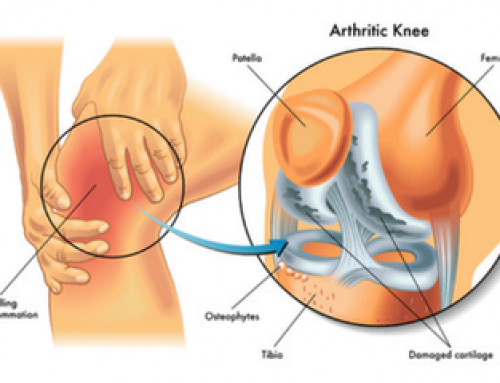Red clover extract, the main ingredients are isoflavones, red clematis and so on. It has anti-cancer, anti-malarial, expectorant and antispasmodic effects, and can also treat pertussis and bronchitis.
1. Anti-inflammatory and bactericidal effects.
Its pollen has an antibacterial effect on certain Gram-negative bacilli and can treat skin diseases such as eczema, burns, and psoriasis. The whole herb is made into ointment to treat local ulcers.
Clover has two-way regulation. When the level of estrogen in the body is high, it can inhibit the secretion of hormones. Conversely, when human estrogen levels are low, it can provide additional estrogen-like effects.
In addition, it can also treat estrogen diseases such as uterine fibroids, endometriosis, and osteoporosis.
Isoflavones are a strong oxidant that can scavenge free radicals and have anti-cancer effects. Red clover isoflavones have an inhibitory effect on COX-2 and can also induce apoptosis of cancer cells, thereby exhibiting anti-cancer activity, especially for breast and prostate cancer.
4. Anti-oxidation and anti-aging effects
Carcinogenesis, cell damage and aging are mainly related to reactive oxygen species and free radicals. Red clover isoflavones have strong antioxidant, free radical damage and free radical scavenging effects.
5. Prevention and treatment of osteoporosis
Osteoporosis is a systemic disease characterized by bone loss and changes in bone structure, and red clover has a certain preventive effect on osteoporosis.
6. Neuroprotection and anti-neurodegenerative diseases
Parkinson’s disease is a neurodegenerative disease, and its pathogenesis is related to the damage of dopaminergic neurons. Garbanin A protects dopamine neurons by inhibiting the production of LPS, reducing the activity of microglia, and reducing the release of inflammatory factors.
7. The impact on the cardiovascular system
Red clover isoflavones can significantly reduce the total vascular resistance and reduce the incidence of arteriosclerosis, thereby reducing the risk of cardiovascular disease.








Leave A Comment